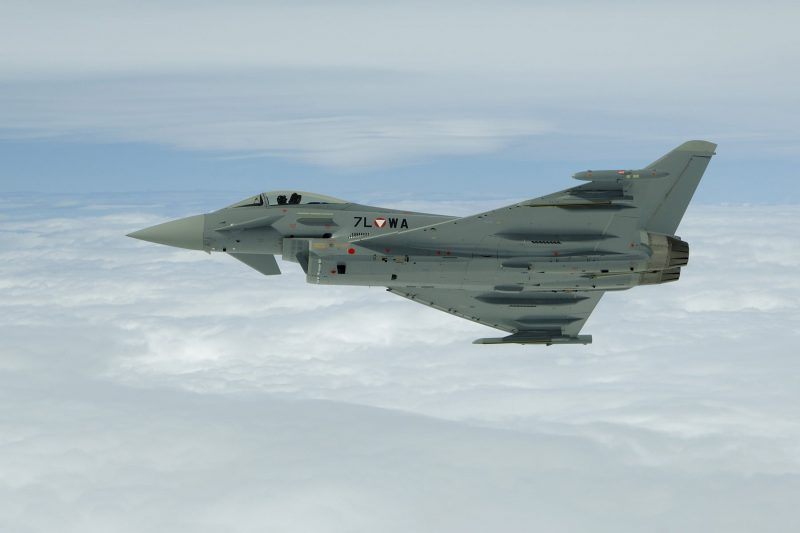The Austrian Armed Forces will again be conducting supersonic training with fighter jets over the national territory from November 6th to 17th, 2023. Two training sessions are planned per day, which are planned between 8 a.m. and 00 p.m.
Flying at supersonic speeds is an indispensable part of pilot training and education. It is essential for functioning Austrian airspace surveillance. Even in the supersonic range, safe flight operations and flight safety have the highest priority. The pilots train under real physical stress that cannot be represented in the simulator. The close and extremely time-critical coordination between military pilots, radar control officers and military and civil air traffic control is one of the most important contents of the training.
Almost the entire federal territory is flown with the exception of metropolitan areas and the federal states of Tyrol and Vorarlberg. The flight areas are determined in cooperation with civil air traffic control. In order to keep the noise level as low as possible, it is flown at great heights.
Defense Minister Klaudia Tanner (ÖVP): “This training is indispensable for our air force. The security policy developments in Europe but also in Israel show us every day how fragile peace can be. This makes it all the more important to be able to protect your homeland. Maintaining air sovereignty is of central importance for a sovereign state. This has to be practiced constantly, even in the supersonic range.”
The supersonic speed starts at around 1.200 km/h. If a Eurofighter approaches this speed, shock waves occur on the aircraft. These shock waves can be perceived on the ground as sonic booms. The (loud) strength of the sonic boom depends, among other things, on the altitude, the terrain structure and the weather conditions.







 trail (for them it's free to use)
trail (for them it's free to use)